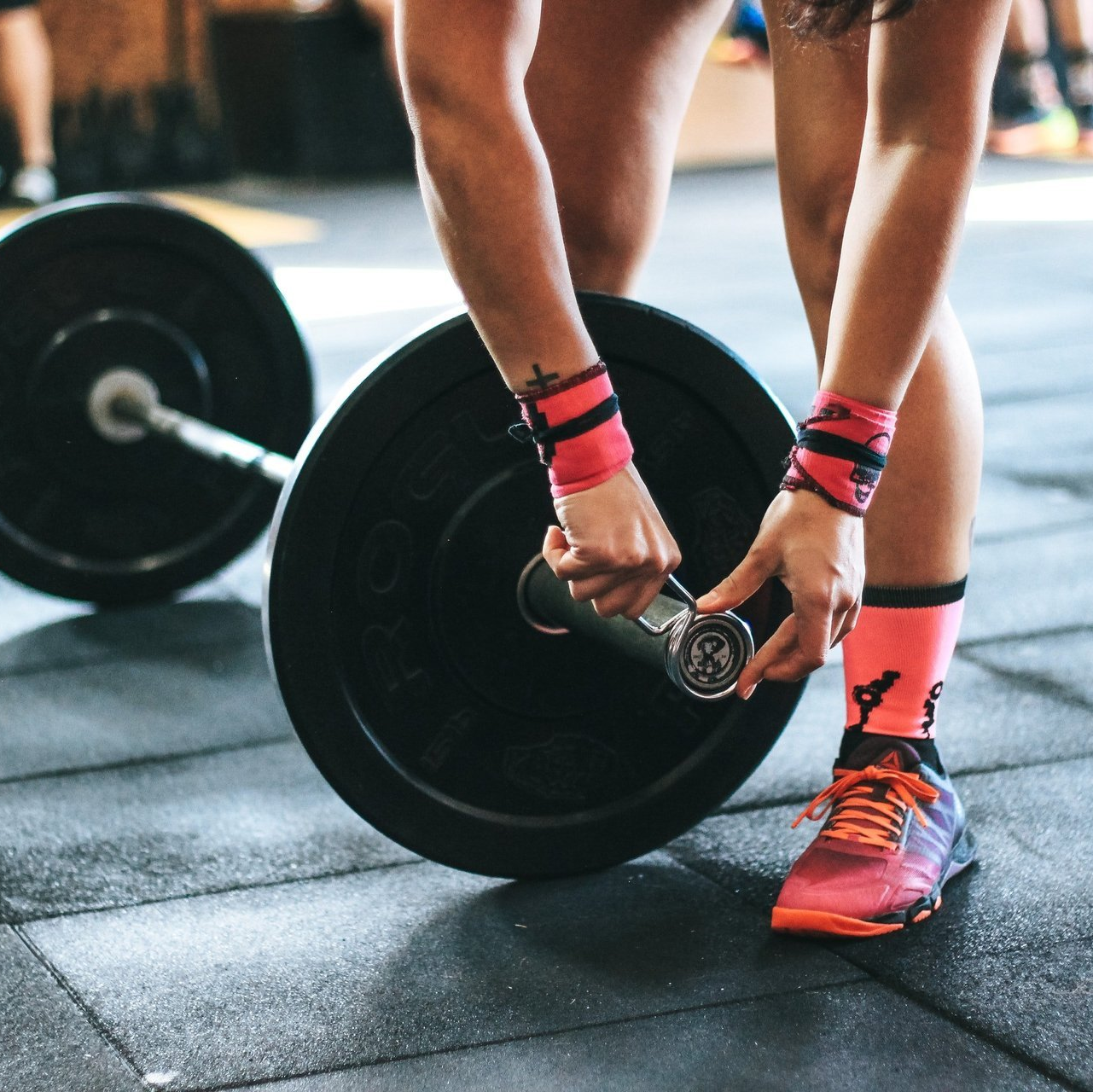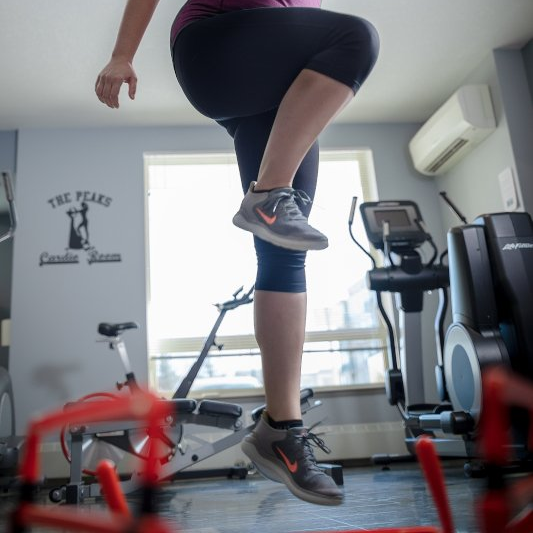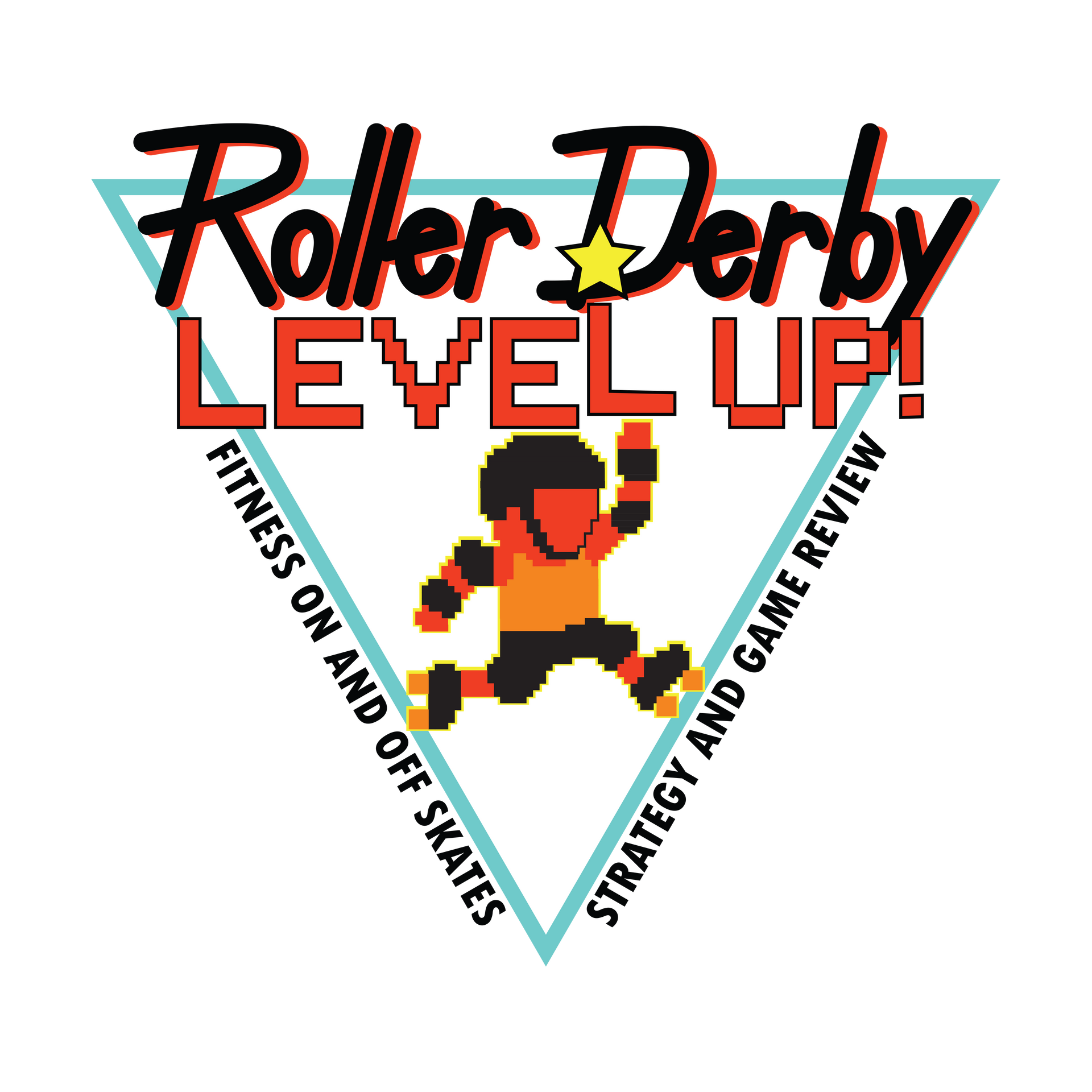Search results for 'building muscle' (3)

Resistance training is a key part of every workout program, regardless of your goals. It is important in weight loss, muscle gain, and explosive strength. The two main focuses of resistance training are Intensity and Volume. Intensity is the amount of weight you are lifting, or your load, whereas volume is the number of repetitions and sets you complete. The balance between the intensity and the volume of your resistance training will depend on your goal. I have already covered weight training and reps in this Blog Post . For any regime, you need to determine the proper intensity for that volume. Typically, this is down by determining your One Repetition Maximum (1RM). 1RM is the maximum weight you can lift properly once. Your 1RM should be tested for multiple lifts, since the weight will be different for each major muscle group. Once you’ve determined your 1RM, your program design will be based on a percentage of that weight, matched to that volume. Science for Sport has an article explaining how to the 1RM test. Downsides to keep in mind with the 1RM test method are: First time lifters may not have proper form to complete the test It is time consuming Your 1RM changes as you grow stronger, requiring frequent re-testing You 1RM can change on a daily basis depending on your fatigue and hormonal balance that day An alternative to the 1RM method of resistance training is Velocity Based Training (VBT). Velocity based training uses technology to measure the movement velocity of a lift. For example, you could measure the speed it takes to press a bar from your chest to fully extended (a bench press). The resulting data would give you the movement velocity is m/s. Your maximum movement velocity is known as movement velocity threshold (MVT). In order to determine your MVT you should complete the same test as the 1RM but with your VBT gadget . The benefits of VBT immediately counter the downsides of 1RM. You don’t need to complete the VBT test as often as the 1RM. You’ll notice the MVT is given in meters per second, not as a weight like the 1RM. What this means is that as you grow stronger and increase your weight, the speed at which you complete your maximum weight lift should remain the same. The MVT is easily adjustable for your daily training readiness (i.e. fatigue and other changes that affect your strength). When using the %1RM method, you are scheduled to lift 80% of your 1RM for that day. You load on the selected weight and complete your workout, but maybe don’t get as many repetitions before failure. With the %MVT method you can immediately see the inability to reach the desired velocity and adjust the weights to make your repetitions for that workout. The downsides to MVT training are It is individual and exercise dependent, so more initial tests may be required The technology is pricey Velocity based training paired with the improvements in technology is making it a more viable resistance training tool. It is a great tool to maximize workouts while allowing for day-to-day training fluctuations. Before jumping on the latest technology train make sure you check out the different devices and choose the one that is right for your workout. As always, make sure you have the basic movements of your workout down before adding in new technology, VBT is useless if you aren’t doing the lift correctly to begin with. References https://www.verywellfit.com/understanding-volume-and-intensity-in-weight-training-3498252 https://www.scienceforsport.com/1rm-testing/ https://www.scienceforsport.com/velocity-based-training/ https://journals.lww.com/nsca-scj/Fulltext/2019/08000/Autoregulated_Resistance_Training__Does.3.aspx

Plyometrics are explosive workouts aimed to improve power and burst force. These types of exercises are typically given to athletes in sports that require quick power or movement. Plyometrics for athletes are used to improve an athlete’s Rate of Force Development (RFD). The RFD is essentially how quickly an athlete can load up (i.e contract) their muscle for use. For explosive power, you are looking at muscle loading taking place within 250 milliseconds. Previous studies have reviewed strength generated between one leg and both leg activiations. The findings determined that one legged exercises produced more strength in that leg than the same exercises done with both legs. These studies were solely done on strength moves and not explosive moves. A study was done at the University of Athens to specifically look at explosive power between single and double leg exercises. The study used 15 physically active participants between the ages of 18 and 26. All participants completed a test on single leg jumping and double legged jumping before and after the study. Participants were split into two groups, one for single leg and one for double leg exercises. Each group completed 8 exercises twice a week for 6 weeks. After the 6 week training session the participants all completed the same single leg and double leg jumps as they did at the start. Figure 1 shows the initial results for each group and the percent change for each group at the end of the study. The white bars are the bilateral or the double leg group. The black bars are the unilateral or single leg group. The first graph shows the average results for each jump and each group followed by the percent increase for each jump and each group. Both groups saw a similar increase in their double legged jump performance. However, the single leg group saw a 15.6% larger improvement for the single leg jumps on average, which is 5 times more improvement!

Let’s talk weight training. If you aren’t doing it, you should! Weight training is an important part of any healthy lifestyle. There are typically two types of weight training people think of: heavy weights with low repetitions or light weights with high repetitions. Which should you be doing to meet your goals? Unfortunately it’s not that clear cut. Weight lifting can be broken down into three zones: high reps, mid reps, and low reps. Using the below chart, we can talk about what type of weight lifting you should do to meet your goals. Weight Training Type Training Effect Reps per Set % 1RM Low Reps Strength 1-5 80-90 Mid Reps Hypertrophy 6-12 60-80 High Reps Endurance 15+ 40-60 Strength Continuum 1RM stands for 1 Repetition Maximum, or the amount of weight you can lift once. It is the basic unit used to determine strength. Here’s an online tool to help you calculate your 1RM ( http://www.bodybuilding.com/fun/other7.htm ). First, weightlifting and losing fat. In a previous post, I talked about cardio for fat loss and the link to heart rate. The ideal range of your heart rate to maximize fat loss is 70% - 85% of your maximum heart rate. While that article was about cardio, The same principle applies to weight training for fat loss as well. How does that translate to high vs low reps? The truth is, it doesn’t matter. The important thing to do is get your heart rate up. My personal suggestion is to do mid to high reps in a circuit of 4-6 moves, taking little to no rest between sets. That being said, the exertion it takes to do heavy weights will also bring your heart rate up. It is harder to maintain a higher heart rate, but the benefit is still there. Next, what if your goal is to build muscle? It’s commonly thought that lifting heavy weight with low reps is the only way to build muscle? Studies on the best way to build muscle do not all point to low reps. It seems the most benefit comes from lifting weights until failure or fatigue. So how do you decide which is right for you? It’s going to depend on your experience and time. Doing a low rep workout until failure will be a shorter workout than a high rep workout until failure. The best way to maximize your muscle growth is to mix it up every few weeks. Lift big for a week or two, then switch to low weights. If your goal is to improve your athletic performance, weight lifting should be an important part of your workout routine. As with cardio, you want to mimic your sport and target the muscles you will be using. If you are in a sport that requires you to be a brick house, like football or rugby, you want to work on muscle growth and strength, so stick to the high weight with low to mid reps. If you are in a long distance endurance sport, such as running or cycling, stick to low weight with high reps. Weight training for endurance sports doesn’t give the body the same simulation as the actual sport itself, but it’s important to have the increased lean muscle to get full power in each stride or push. And lastly, if you are in a power sport that requires you to do quick bursts of action, such as hockey, sprinting or roller derby, you will want to do explosive training. For explosive training, I recommend being in the mid to high reps range, do your movements quickly to simulate the sudden energy you will require in sport. One last tip. If you are new to weightlifting, start in the high reps range with light weights. Have a friend or a trainer spot you to make sure you are using proper form. Happy lifting! References http://www.builtlean.com/2012/07/19/high-reps-vs-low-reps/ http://www.bodybuilding.com/content/high-reps-low-reps-which-rep-scheme-is-best.html http://www.trainingscience.net/?page_id=301 http://www.sport-fitness-advisor.com/strengthtraining.html

